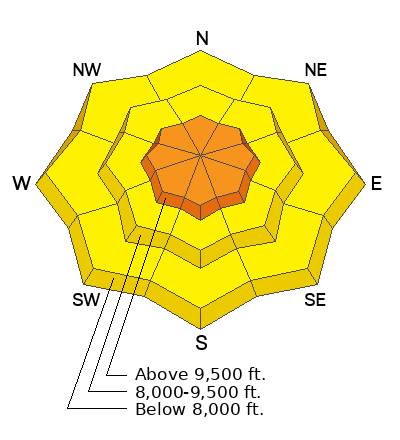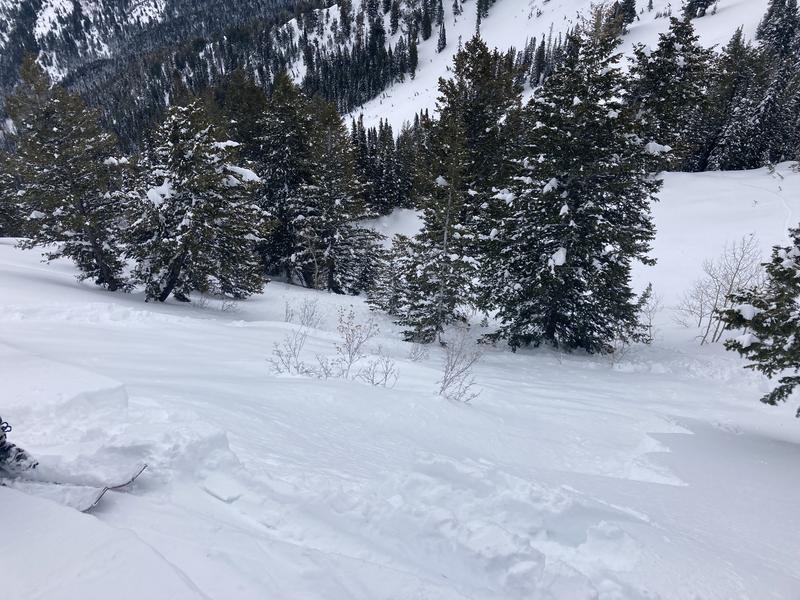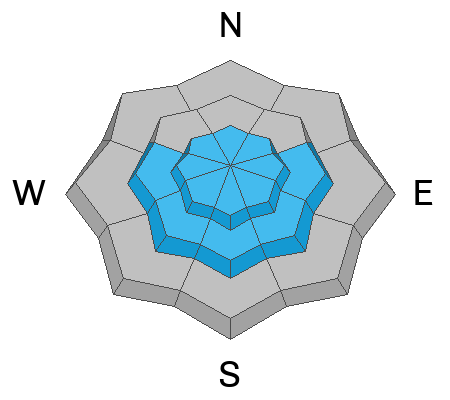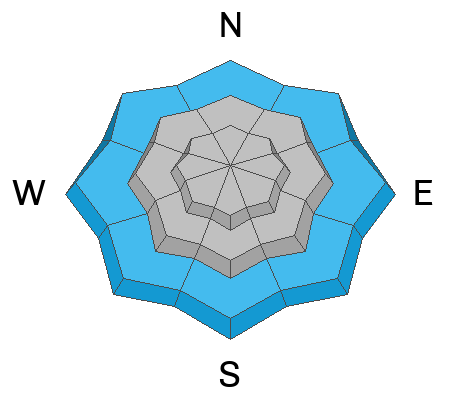Forecast for the Salt Lake Area Mountains

Issued by Dave Kelly on
Tuesday morning, February 20, 2024
Tuesday morning, February 20, 2024
The avalanche danger is CONSIDERABLE at upper elevations where you are likely to trigger a wind-drifted snow avalanche near ridgetops and on the leeward side of terrain features. These wind-drifts may be covered over by new snow, will be hard to see, and could break above you.
Mid and low elevation slopes have a MODERATE avalanche danger. There is a thin layer of facets associated with a crust now buried 1'-2' deep. We have been seeing avalanches triggered on this layer primarily on east-southeast and west facing aspects.
Mid and low elevation slopes have a MODERATE avalanche danger. There is a thin layer of facets associated with a crust now buried 1'-2' deep. We have been seeing avalanches triggered on this layer primarily on east-southeast and west facing aspects.
Careful snowpack evaluation, cautious route-finding, and conservative decision-making will be essential today and if in doubt travel on terrain less than 30 ° in steepness.

Low
Moderate
Considerable
High
Extreme
Learn how to read the forecast here










